12+ Sample Health Information Reports
-
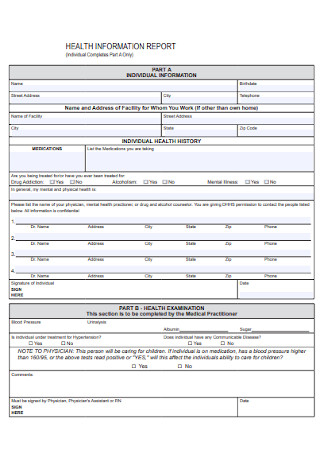
Sample Health Information Report
download now -
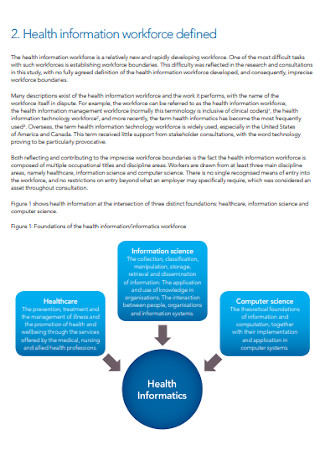
Health Information Workforce Report
download now -
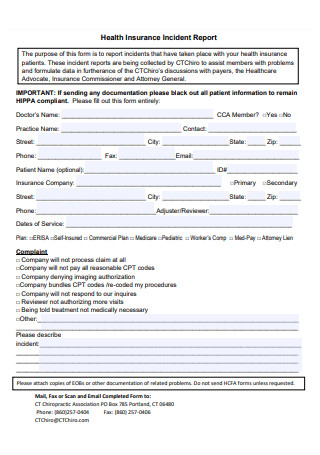
Health Information Insurance Report
download now -
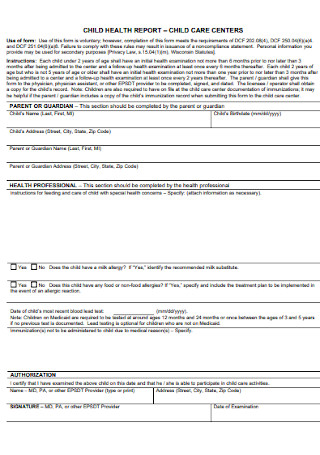
Child Health Information Report
download now -

Health Information Report for Mobile Devices
download now -
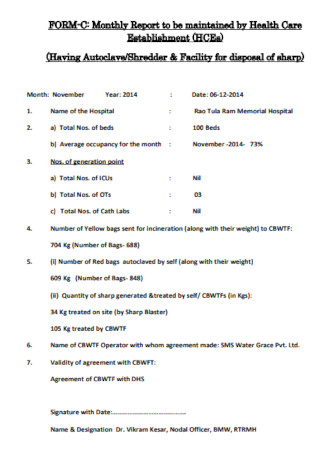
Health Care Information Report
download now -
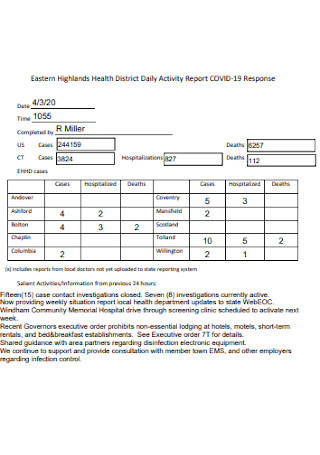
Health Activity Information Report
download now -
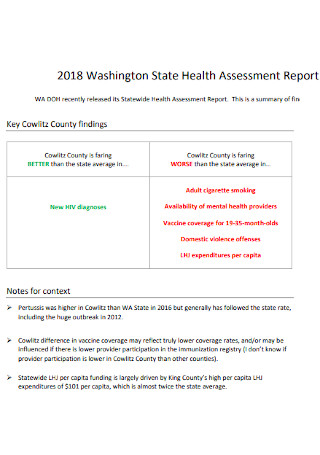
Health Assessment Information Report
download now -
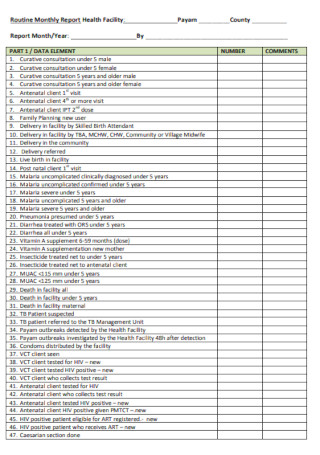
Monthly Health Information Report
download now -
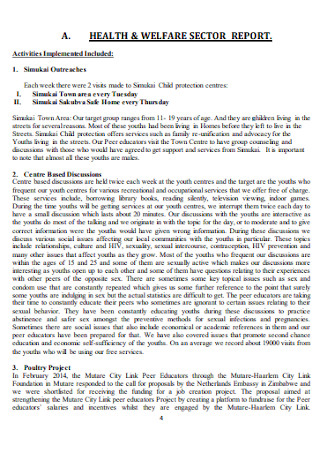
Health and Welfare Sector Information Report
download now -

Simple Child Health Information Report
download now -
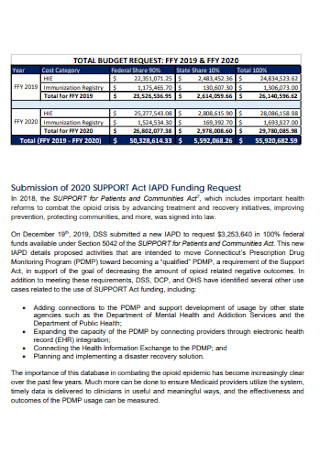
Annual Health Information Report
download now -
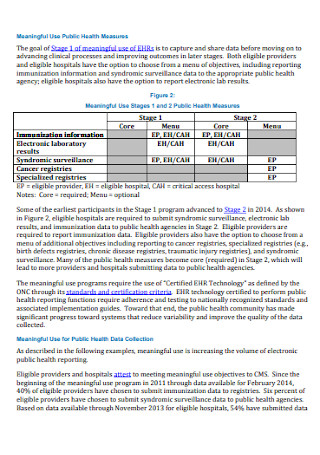
Public Health Information Report
download now
FREE Health Information Report s to Download
12+ Sample Health Information Reports
What Is a Health Information Report?
Health Tips For a COVID-19 World
Tips For Patients When Submitting Health Information
How to Create a Health Information Report
FAQs
What is a health information system?
What are the 6 components of a health information system?
What is the purpose of health information?
What Is a Health Information Report?
A health information report is a written report that states and contains key patient information. It is a comprehensive report primarily used by hospitals, clinics and other healthcare centers.
According to the Center for Disease Control and Prevention, around 89.9% of office-based doctors utilize Electronic Medical Records or Electronic Health Records; while 72.3% of office-based physicians have a certified Electronic Health Record or EHR system.
Health Tips For a COVID-19 World
The global pandemic has become the single most life-changing event in recent times; and its repercussions are expected to linger longer than expected. Fortunately, there are proactive steps anyone can take to arm themselves with the proper information and preparation. COVID-19 may have changed the way people live, but the universal experience can also be the right opportunity for people to do better for themselves and for others around them.
Tips For Patients When Submitting Health Information
A health information report is not just for the sake of documentation, it is for the benefit and security of the patient as well. Whatever the reason for submitting a health information report, a patient ought to be responsible enough to disclose his or her data the proper way. Keep in mind the following tips the next time you are tasked to fill out a health information report.
How to Create a Health Information Report
To create a health information report, you don’t just need accurate data but complete details as well. If you are looking for a convenient way to furnish a report, using a predesigned template can save you time and energy. Simply select an editable template that suits your needs and customize it accordingly. Once you’ve selected one, follow the step-by-step guide below to get started:
Step 1: Basic Information
A health information report should obviously contain the patient’s information. The format and order of this particular section of the report would depend on you. Whether you use a table, chart or even just a minimalist design, what matters is the content. The items contained in your report should be comprehensive and complete. Ensure too that there is ample space for the patient’s answers. Some of the most basic information that should be found are the complete name, complete address, contact information, emergency contact details, date of birth, civil status, nationality, etc.
Step 2: Problem or Complaint
Typically, patients see their doctors because they have a medical complaint. Whether it is the flu, an upset stomach or a serious infection, it’s pretty standard protocol for hospital staff or personnel to document these symptoms whenever a patient enters a hospital or clinic. Ideally, a comprehensive health information form should always keep record of problems reported by the patient. More sophisticated forms readily enumerate all possible symptoms to make it easier for the patient to check all that apply. In addition to the medical complaint, other relevant data such as the onset date of symptoms and details about its progression should be indicated as well.
Step 3: Medical History
A key section of any comprehensive health information report is a patient’s medical history. This section must be arranged in an organized manner. Regardless of what format is used, you only need to make sure that the information is both accurate and complete. A patient’s medical history is crucial for overall assessment and treatment. In order to offer the most suitable advice or cure, a physician would need to know everything that pertains to the patient’s medical background. Whether it is a history of medication, past surgeries and illnesses, allergies, or other conditions, these types of information should be disclosed in a health information report.
Step 4: Recommendations
Lastly, a health information report should also include a section dedicated to the doctor’s recommendations. These must be meticulously documented in the summary report. Whenever a doctor or physician gives a prescription or suggests a certain kind of treatment, these are recorded in the patient’s report. In as much as the problem or complaint is keenly observed, the recommendations are important to take note of as well. A health information report is not complete without any formal indication of a solution or endorsement from the physician.
FAQs
What is a health information system?
A health information system is a centralized system database that healthcare institutions and providers use to consolidate and store patient-related information.
What are the 6 components of a health information system?
According to the World Health Organization or WHO, the six components of a health information system are health information system resources, indicators, data sources, data management, information products, and dissemination and use.
What is the purpose of health information?
The purpose of health information is to enable doctors, nurses, hospital staff and other healthcare providers to make sound medical decisions when it comes to what is best for their patients.
A health information report is a key component in making sure that the relationship between patients and healthcare providers is transparent and trustworthy. Browse and download a free sample template today to get started on your own report!
